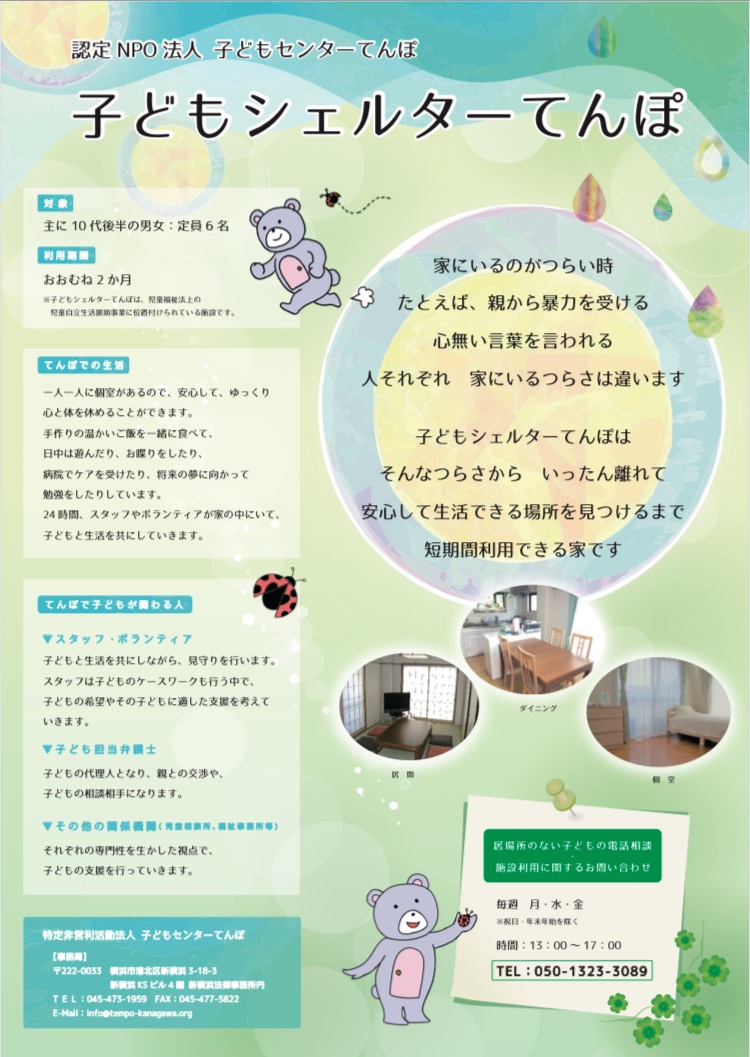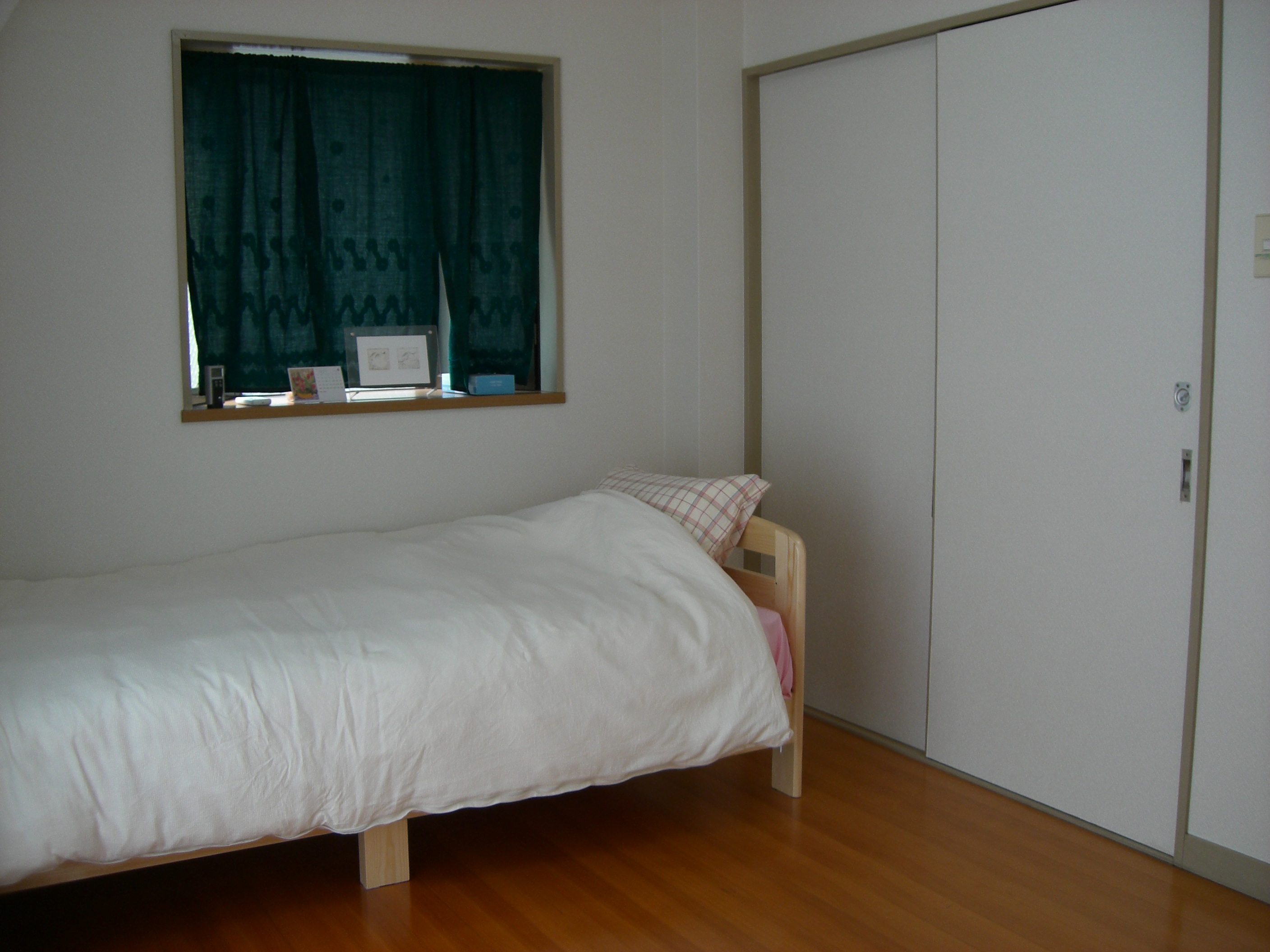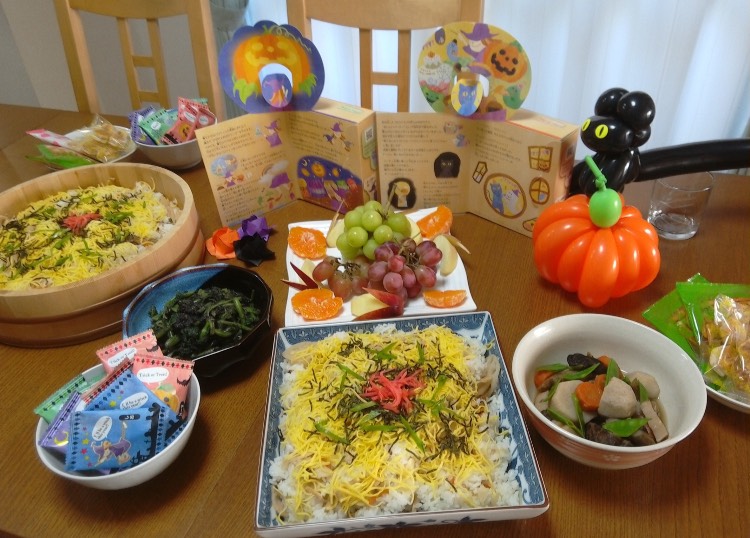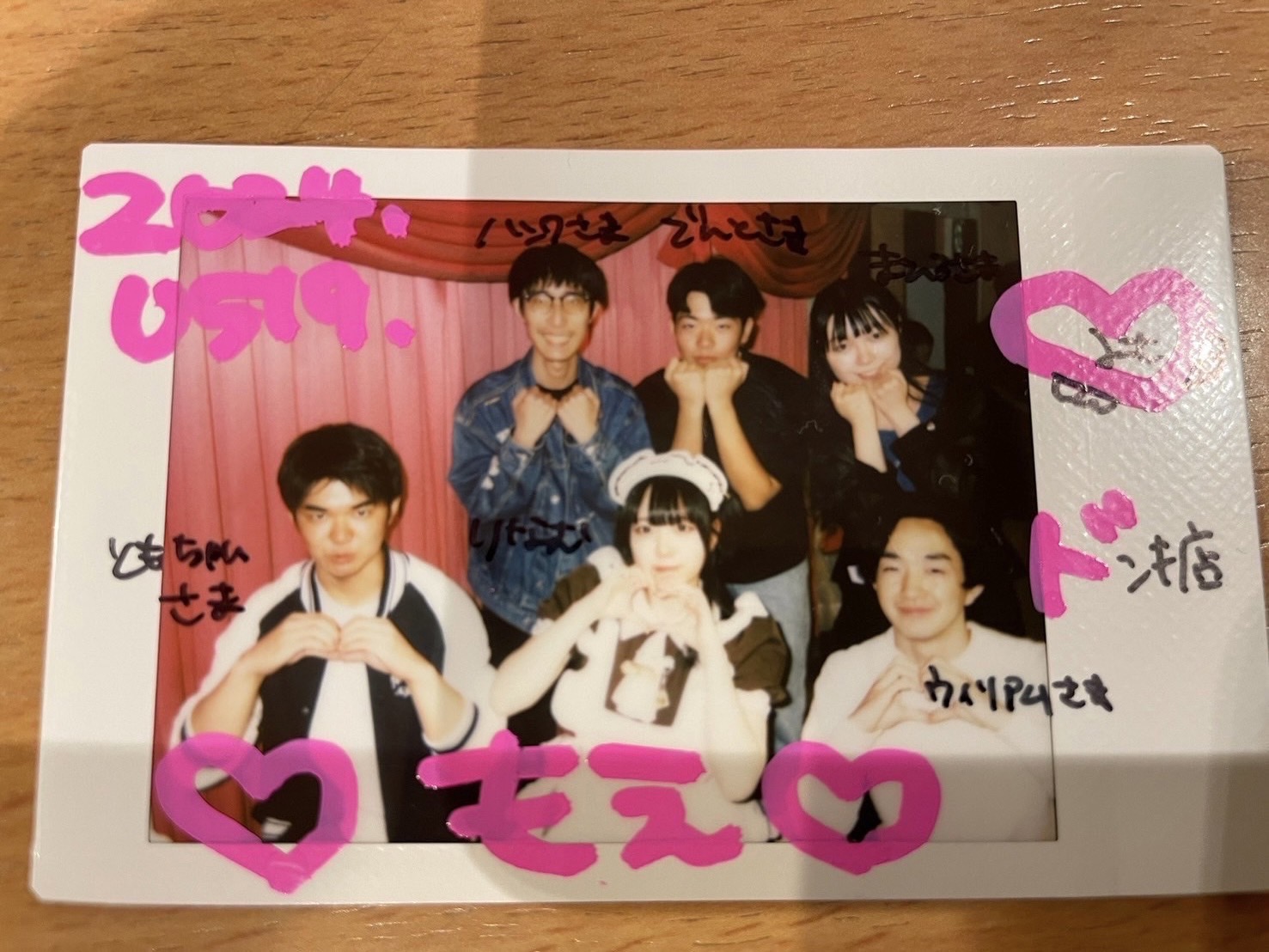Children’s Shelter for the “children” in the gap between the law
Last year, the death of a 10-year-old girl from abuse by her parents in Chiba Prefecture shook the country. Many of you may have seen or heard news reports on the tragic deaths of young children in recent years. In fact, the number of child abuse cases was more than 100,000 per year nationwide in 2018.
However, child abuse is not just young children’s issues. Late teenagers are also suffering from abuses at home without exposure to the society. In Yokohama, for example, the number of total cases of child abuse is 10,998 and that of 16 and up is 623. This number doesn’t account for 1% of total, but we can learn there are teenagers who are seeking helps definitely.
Have you ever heard of “Children’s shelter” (emergency temporary shelters)? All in all, “Children’s shelter” is the evacuation center that protects such teenagers who can’t live in their home temporarily and provides opportunities for planning their futures. This time, we interviewed Mr. Kageyama who serves as the chief director of “Kodomo center Tempo (Children’s center Tempo)” (hereinafter, this is called “Tempo”) that is NPO corporation bases in Kanagawa prefecture. We also interviewed Ms. Sasajima, who is a facility director of “Kodomo shelter Tempo (Children’s shelter Tempo)”(hereinafter, this is called “Shelter”) and a volunteer of “Shelter”. We could learn how things surrounding teenagers really are.

Establishment of “Tempo”
Mr. Kageyama has handled cases involving juvenile and child abuse as a lawyer. Therefore, his experience has been driven by a sense of crisis for the issues of teenagers suffering abuse. In general, the temporary shelters of child guidance centers are too busy taking care of young children to come short of correspondence to teenagers.
Moreover, their damage is apt to be made light of because they are relatively young. In addition, if a child is over 18 years of age, he or she is no longer in the child protection act and custody of the child guidance centers, so it cannot intervene. However, there are certainly young people who are minors and in need of adult protection.
If those signs of seeking help are ignored children in an unfavorable environment including abuse may not feel safe and secure, and may not be able to return to their home. As a result, they may seek a place in the night town and other places, turn to juvenile delinquency, or under the risk of associating with strangers in the street.
Such late teen children, who need a better place to live both physically and mentally, often have a pessimistic view of the future and think that there is no point in living. Mr.Kageyama hopes that these children will understand that each one of them is irreplaceable. Then, in April 2007, he opened the “Kodomo Shelter Tempo” in order to cuddle to teenagers in between the law. In 2013, it was approved by the government as a children’s self-reliant living assistance services, which ensured its legal status. Currently, the project is partially funded by public funds.

Take a break and take the next step
Staying in a “Shelter” provides children with personal safety once and gives them the mental and physical energy to prepare for their future. In detail, what kind of support do the residents receive during their stay in the “Shelter”?
First of all, staff and volunteers are in the “Shelter” all time to comfort the children. This facility is a temporary place for two months, but the staff and volunteers try to make the residents aware that the adults around them are on their side. Therefore, instead of merely watching over the children, the staff also eat and talk with them, and sometimes even bake sweets. This kind of involvement with the volunteer staff, who have a variety of specialties and social experiences, provides an opportunity for the residents to broaden their experiences.
On the other hand, a volunteer says that she avoids intervening too much with the painful experiences of the residents unless they speak up. This is because the words of the adults around them can carry more weight than expected for children.

In order for the residents to take the next step from the “Shelter”, there is a lawyer in charge of children called “Kodomo Tantou Bengosi (Lawyer in charge of children)” (hereinafter, this is called “Kotan”) , who plays an important role. Basically, each resident is supported by two “Kotan” in “Shelter”. Considering their duties of providing enough support, the shelter staff regularly invite related parties to conferences.
Government officials from such as the child guidance center may also attend these conferences, and the residents may also be present. While respecting the wishes of the residents, the adults supporting the children share their roles and back up the residents’ progress toward independence. Mr. Kageyama says that in many cases, if they go to the administrative office alone, children cannot receive the enough supports they need, So the staff or “Kotan” will go to the office with them and ask for support from the government.
One of the main roles of the ”Kotan” is to deal with the parents of the residents. Many parents or guardians are naturally concerned about their children’s safety in the shelter because all in all their children are away from home suddenly. Therefore, the “Kotan” communicates with the guardians to let them know that their child is being taken to a safe place. Moreover, “Kotan” tell the guardians that if they need to contact the child anyway, “Kotan” will help them deliver their messages. However, since the shelter is a place where children take temporary refuge, the location of the shelter is not disclosed.
The following was a case of dealing with a parent. She went to a high school and the parents tried to force the school to expel their child from the school. In this case, “Kotan” discussed the situation with the school and made arrangements to transfer to another school so that the child could continue his or her studies without the parent’s cognition.
In addition, “Kotan” negotiate with parents and help them convince their children to pay for university entrance exams. As mentioned above, “Kotan” not only act as a bridge between parents and children, but also communicate with parents or guardians at the turning points while their children grow up, which are crucial to children’s future.
Moreover, “Kotan” at Tempo provide children with meticulous support for their daily lives during their stay. Many of the residents have suffered from abuse or other psychological trauma, and “Kotan” may accompany them to medical institutions such as a psychiatrist. In addition, they take the children out to recreational activities such as amusement parks for a change of pace during their stay.
Some people ask whether that is within the scope of a lawyer’s work for arranging the activities of ”Kotan” since it is beyond their specialized legal support but life support of all aspects. However, Mr. Kageyama says, “What the children need is not only a trial.” We can learn how important “Kotan” is for the children who search for a place where they can feel safe, both physically and mentally in respect of that “Kotan” not only plan children’s future, but also supports them in aspect of live. Actually, for abused children who tend to have low self-esteem, the feeling that they have a lawyer alongside encourages them as they are proceeding to move forward into the future.
From Shelter to Independence
Even if they receive the detailed support during their stay in the “Shelter” as described above, it is difficult for them to reintegrate into society immediately after leaving there. In many cases, children move into self-support home (as defined in Article 6-3(1) of the Child Welfare Act) for children between the end of their compulsory education and the age of 20 years old , who are unable to obtain assistance from their parents or guardians for various reasons.
Hence, in June 2010, Tempo established a self-support home called “Mizuki no Ie( Home of Mizuki )”. While living there, the residents find jobs and learn to earn money on their own. They pay a monthly fee of 30,000 yen to the home and save money as well. After living at “Mizuki no Ie” for about a year, they can save 700,000 to 1,000,000 yen, which they can use to rent an apartment and move toward independence.
While they are in the home, they are supported to go to school and study. In most cases, their family of parents or gurdians do not support them at all after their independence, so “Mizuki no Ie” serves as a substitute for the family home, and many of them continue to live nearby. In some cases, after leaving Mizuki no Ie, some of them continue to work at the jobs they were doing during their stay at “Mizuki no Ie”, others go to universities and change jobs. In the latter case in particular, the staff of “Mizuki no Ie” is required to provide continuous job assistances. As just described, each resident works out their own future.
To issues that don’t need to be held up and should be voiced
As mentioned above, while cases of abuse of young children have surfaced, the government hasn’t taken sufficient measures toward the problems of these young people in their late teens, which shows they don’t have enough interest in those problems. For example, the Child Abuse Prevention Law (Law for the Prevention of Child Abuse) and the Child Welfare Law, which regulates the establishment of child guidance centers, define a “child” as one who has not yet reached 18 years of age.
Furthermore, there are websites that introduced the measures implemented by the Ministry of Health, Labor and Welfare. One of its major initiatives was the Child Guidance Center Abuse Hotline. However, a lot of their words and images emphasized baby and parenting, making it difficult for the youth to seek help. In response to this situation, some people may think that 18-year-olds are already adults and can manage to get out of this situation on their own.
Another misunderstanding is that the person who has been abused may think they should be independent. However, it is easy to imagine that the problem will not improve as you wish if you keep it to yourself. To solve the problem, in October 2008, Tempo started a telephone counseling service for children and young people who do not have someone to turn to for help.
The number of consultation increased year by year and reached 310 cases in 2018. These are not only from the children themselves, but also from people around them, including schools, government and agencies. These numbers are a stark reminder of the number of the youth who are suffering from abuse and seeking help.
In addition to introducing Tempo as a place of emergency refuge, the telephone counseling service also provides information on other shelters and other institutions tailored to the needs of the people. However, there are still not enough shelters for children looking for a place to stay.
Ms. Sasajima, the head of the “Shelter”, said that they receive calls from all over the country, including areas that have no children’s shelters yet. Mr. Kageyama, who also serves as the home’s board chairman, pointed out that the number of shelters may be overwhelmingly decreasing at this stage.
Therefore, Tempo is also making efforts to promote the shelter business. Until last year (2019), Mr. Kageyama, the chairman of Tempo, was the representative of the National Network of Children’s Shelters, which was formed by corporations operating children’s shelters across the country. He has been actively involved in activities such as communicating the organization’s needs to the Ministry of Health, Labor and Welfare.
In addition, the conference has prompted lawyers and social workers to cooperate with each other, which has made progress. At present, they aim to establish at least one shelter in every prefecture, and they are calling on lawyers and others in the prefectures where no shelters have been established, as well as preparing a guide for establishing shelters nationwide.
Mr. Kageyama says, “We want to make the government, welfare and medical institutions aware of the existence of children’s shelters by telling people that there are places like shelters and that there are young people who need a place to live. We need to raise the issue not only of small children, but also of teenage families, and the difficulty of living and independence for young people who are beyond the age of adulthood,” he says. In addition to providing telephone consultations, Tempo also distributes leaflets and pamphlets to high schools, the police and other related organizations in the prefecture, and was interviewed for the script of a drama set in a children’s shelter last year.
They have a desire to make the existence of shelters known not only to those who really need support, but also to many more people. In order to achieve this goal, it is essential for public organizations and aid groups to inform people about the environment surrounding children and the role of shelters. Tempo is playing a major role in this effort.
Towards a society where children are valued and cared for
At the same time, Japan’s society has been suffering from an unstoppable decline in birthrates and population decline for some time now, while children and adolescents are suffering from abuse and abuse due to various reasons that prevent them from integrating into society. What kind of efforts are needed for Japan to overcome these problems and build a better society in the future?
We asked Mr. Kageyama for his opinion on the problem that the whole country faces. Mr. Kageyama said that if the country wants to maintain one of the world’s richest economies (unless we can agree with the Scandinavian countries that the economic level of the country does not have to be one of the world’s richest as long as it can live happily), it is necessary to accept workers from abroad, and of course, to become a country that takes care of its children.
He points out that it is imperative that steps are taken immediately to ensure that the money reaches the places where it is needed, such as impoverished households in need of support. In fact, if this is not accomplished, it is not hard to imagine that some people will fall through the social safety net without being able to solve any social problems. Ms. Sasajima, the director of “Shelter”, and the volunteer staff say, ” Abusive parents also have some sorts of problem. It is also important to create an environment where it is easy to raise children in society, such as by taking care of abusive parents and cooperating with the community.
There is no end to the feelings of the people at Tempo, who are tackling the problems of youth abuse which can be described as “gaps in the laws and systems,” and who are sending them out into society. These youth-related issues should be shared by society as a whole. The issues that affect children also affect the future of Japan. We are so engrossed in the development of our society’s economy and industry that we are unaware of its sacrifices.
Japan is at a crossroads in terms of whether or not it can become a society that cares for its children.
Written by Aya Nakao, Dagyeom Kim, Reo Koizumi, Yurina Shida
Edited by Kaiyuan Fei (David), Anita Zitong Zhao
*Referenced data
“The number of Child Abuse Consultation at Child Guidance Centers 2018 (preliminary figures)”
“Yokohama City Press Release 2019: The State of Response to Child Abuse in Yokohama City”



On October 10, 2019, the Arkansas Department of Education Board of Directors unanimously ratified the Arkansas Charter Authorizing Panel approval of Hope Academy of Northwest Arkansas! Hope Academy, the first trauma-informed school in Arkansas, opened its doors on the Northwest Arkansas Children s Shelter campus in August 2020. The charter school is an expansion of the mission of the Shelter and fill an educational gap that currently exists in Northwest Arkansas. Children who have experienced trauma, many of whom have the same profile as our current residents, will now be able to find specialized, small classes taught by trauma-trained teachers who strive to create a safe environment for the children to learn, cope, manage and thrive. Our teachers and staff are specially trained to provide an educational space for learners with unique needs. Our team-based approach fosters student success by understanding and meeting physiological, social and emotional needs of students. He has not only received the care, love and vital services he so desperately needed, but he has thrived. Samuel has made great strides in school. He is working on life skills such as changing the oil in the Shelter vans, assisting with set-up for Shelter events and helping reconcile petty cash in the business office. He’s even opened up a bank account and visited different work environments to discuss career options for his future.